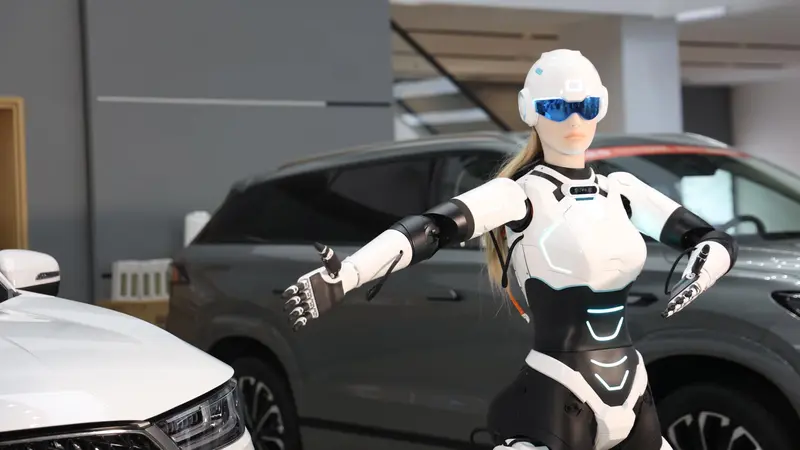Just seven years ago, Honda discontinued its iconic Asimo humanoid robot, seemingly closing the chapter on robot assistants. But today, major global automakers like Tesla, Hyundai, BYD, Chery, and XPeng are reviving the concept. What’s changed? Rapid advancements in artificial intelligence, robotics, and sensor technology make humanoid robots more practical and useful, especially for companies looking to boost productivity and enhance customer experiences.
Tesla is leading the charge with its Optimus robot, which Elon Musk says could eventually be more valuable than Tesla’s car business itself. The company plans to begin factory trials in 2025, with commercial sales expected by 2026.

Car companies are increasingly turning to humanoid robots not just for innovation’s sake, but to drive real-world sales and enhance customer experience. Showrooms are being transformed with the presence of intelligent robots like Chery’s “Mornine,” which greet customers, provide car information, and assist in virtual demonstrations. These robots serve as 24/7 sales consultants, helping potential buyers without fatigue or error, and creating a high-tech showroom environment that excites customers, especially younger, tech-savvy audiences. For brands looking to stand out, this futuristic interaction is a memorable part of the buyer’s journey.
Beyond customer service, these robots are powerful tools for brand building. Automakers like Tesla, BYD, and Hyundai are integrating humanoid robots into their identity as technology-forward companies. Tesla’s Optimus robot, for instance, isn’t just a product—it’s a brand symbol meant to showcase leadership in robotics and artificial intelligence. When consumers associate a carmaker with cutting-edge tech, it enhances their perception of the cars themselves. In a competitive market, this tech-driven brand narrative can tip the scales when customers choose between similar vehicles.
Humanoid robots also help reduce operational costs and address staffing challenges in both factories and showrooms. They can assist with repetitive tasks, maintain consistent service, and collect useful customer data. Some, like those used by XPeng and Mercedes-Benz, are already deployed in manufacturing environments to assist with logistics and materials handling. Others, stationed in showrooms, track customer behavior and preferences to help automakers refine marketing and product development strategies. This integration of robotics into both front-end and back-end operations represents a shift toward data-driven decision-making and operational efficiency.
Finally, robots create buzz. Whenever a company unveils a humanoid assistant or factory worker, media outlets, social media, and car fans take notice. These launches generate free publicity, increase brand visibility, and draw more traffic, both online and in physical stores. In markets like Ghana, where digital engagement is growing rapidly, the novelty of humanoid robots can attract new customers and reinforce a car brand’s status as modern and innovative. In essence, these robots aren’t just helpful—they’re also powerful marketing assets.




